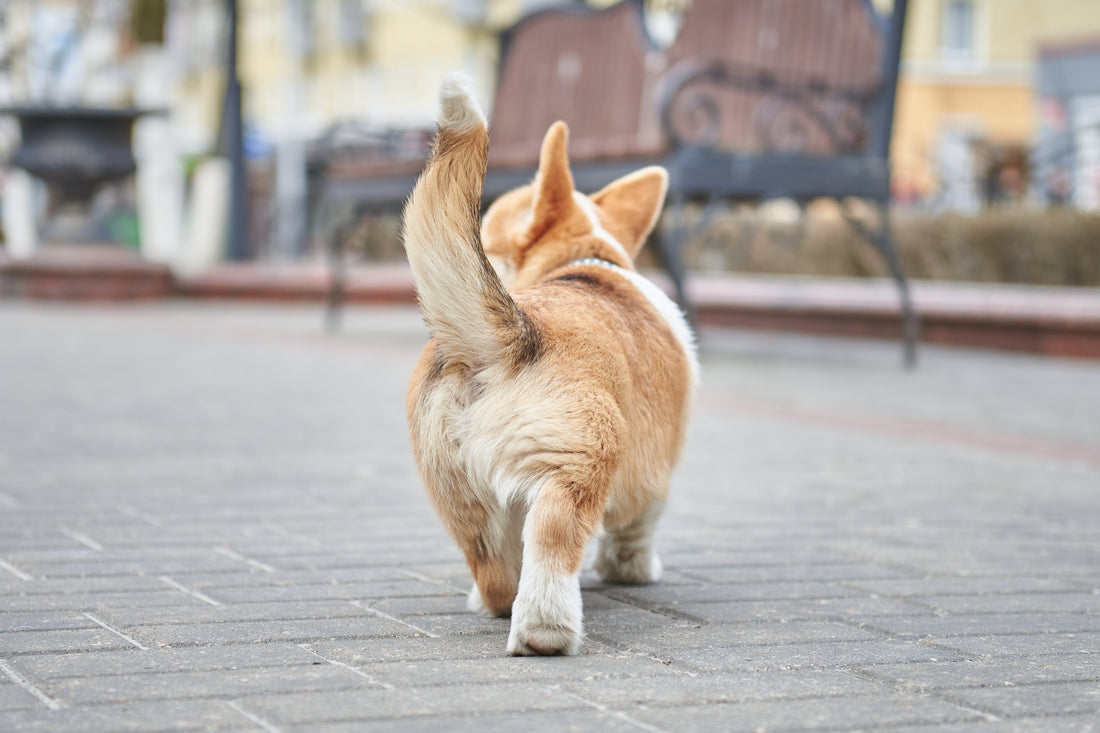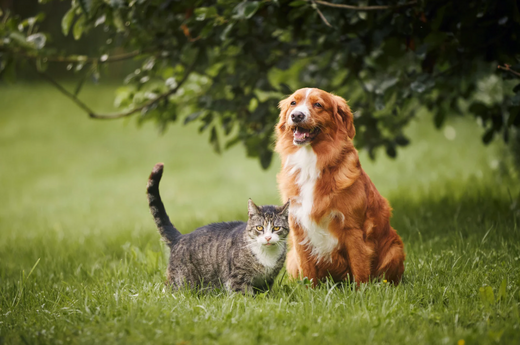Understanding what your dog's tail wag means can provide valuable insights into their emotions and intentions. Dogs use their tails to communicate a variety of messages, and by learning to interpret these signals, you can strengthen your bond with your furry friend. This guide will help you decode the different types of tail wags and understand what your dog is trying to tell you.
Why Do Dogs Wag Their Tails?
Dogs wag their tails as a form of communication. Unlike humans, who use words to express feelings, dogs rely on body language to convey their emotions. Tail wagging can indicate happiness, excitement, nervousness, or even aggression. By paying attention to the position, speed, and direction of the wag, you can better understand your dog's mood and intentions.
Types of Tail Wags and Their Meanings
Happy and Excited Wags
One of the most recognizable tail wags is the happy, excited wag. This wag typically involves a wide, sweeping motion, often accompanied by a wagging body and an enthusiastic demeanour. A dog's tail may wag so vigorously that their entire rear end moves with it. This type of wag usually signifies joy, friendliness, and a desire to interact.
Nervous or Anxious Wags
A nervous or anxious wag is usually lower and more subdued than a happy wag. The tail may be held down and move slowly or with short, quick movements. Dogs may also tuck their tails between their legs when they feel scared or threatened. This type of wag can indicate fear, insecurity, or submission.
Alert and Curious Wags
When a dog is alert or curious, their tail may stand up straight or be slightly raised, with slow, deliberate wags. This posture shows that the dog is focused and paying attention to something specific. It can be a sign of interest or concentration, often seen when a dog is exploring new environments or noticing something unusual.
Aggressive or Defensive Wags
An aggressive or defensive wag is typically stiff and rapid. The tail may be held high and move back and forth quickly. This type of wag can be a warning sign that the dog is feeling threatened or is preparing to defend itself. It's important to approach a dog displaying this type of wag with caution.
Submissive Wags
Submissive wags are low and slow, often accompanied by a crouched posture or averted gaze. The tail may wag slightly or remain still while the rest of the body shows submissive behavior. This type of wag indicates that the dog is acknowledging a higher status or trying to avoid confrontation.
Playful Wags
A playful wag is often accompanied by a "play bow," where the dog's front end is lowered, and the rear end is up in the air. The tail wags rapidly and is held in a neutral or slightly raised position. This type of wag signals that the dog is in a playful mood and wants to engage in fun activities.
Factors That Influence Tail Wagging
Breed Differences
Different dog breeds have various tail shapes and sizes, which can influence how they wag their tails. For example, breeds with curly tails, like Pugs, may wag their tails differently than breeds with long, straight tails, like Labradors. Understanding your dog's breed-specific tail characteristics can help you interpret their wags more accurately.
Tail Docking
Some dogs have docked tails, which can affect their ability to communicate through tail wagging. If your dog has a docked tail, pay extra attention to other body language cues, such as ear position, facial expressions, and overall posture, to understand their emotions.
Environment and Context
The context in which tail wagging occurs can provide additional clues about its meaning. Consider the environment and situation when interpreting your dog's tail wags. For example, a wag that happens during playtime may have a different meaning than a wag that occurs in a new or stressful environment.
Tips for Understanding Your Dog's Tail Language
Observe Overall Body Language
While tail wagging is an important communication tool, it's essential to consider your dog's overall body language. Look at their ears, eyes, mouth, and posture to get a complete picture of their emotional state.
Pay Attention to Tail Position and Movement
Note the position of your dog's tail (high, low, neutral) and the speed and intensity of the wag. These factors can give you additional insights into what your dog is feeling.
Consider Your Dog's Individual Personality
Every dog is unique, and their tail-wagging habits may reflect their individual personality. Spend time observing your dog in different situations to learn how they express their emotions through tail wagging.
Strengthening Your Bond Through Better Communication
By learning to interpret your dog's tail wags, you can enhance your understanding of their emotions and needs. This improved communication can strengthen the bond between you and your furry friend, making it easier to respond to their feelings and provide the support they need.
Helping Your Dog Feel Understood
Understanding your dog's tail wags is just one part of ensuring their overall wellbeing. At Healthy Pet Co., we provide high-quality, vet-recommended products and expert advice to help you care for your pet. For more tips on pet health and behaviour, visit our blog and explore our extensive resources. Together, we can help your pets lead happy, healthy lives.




